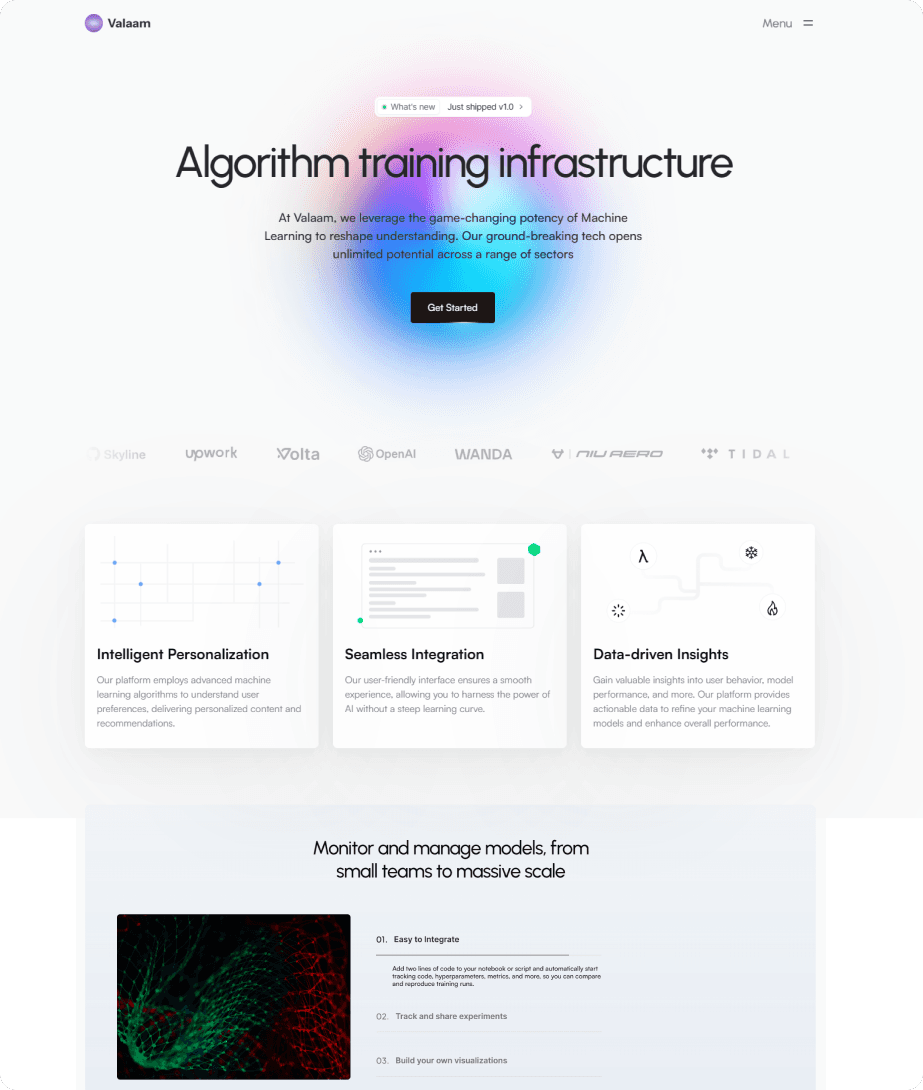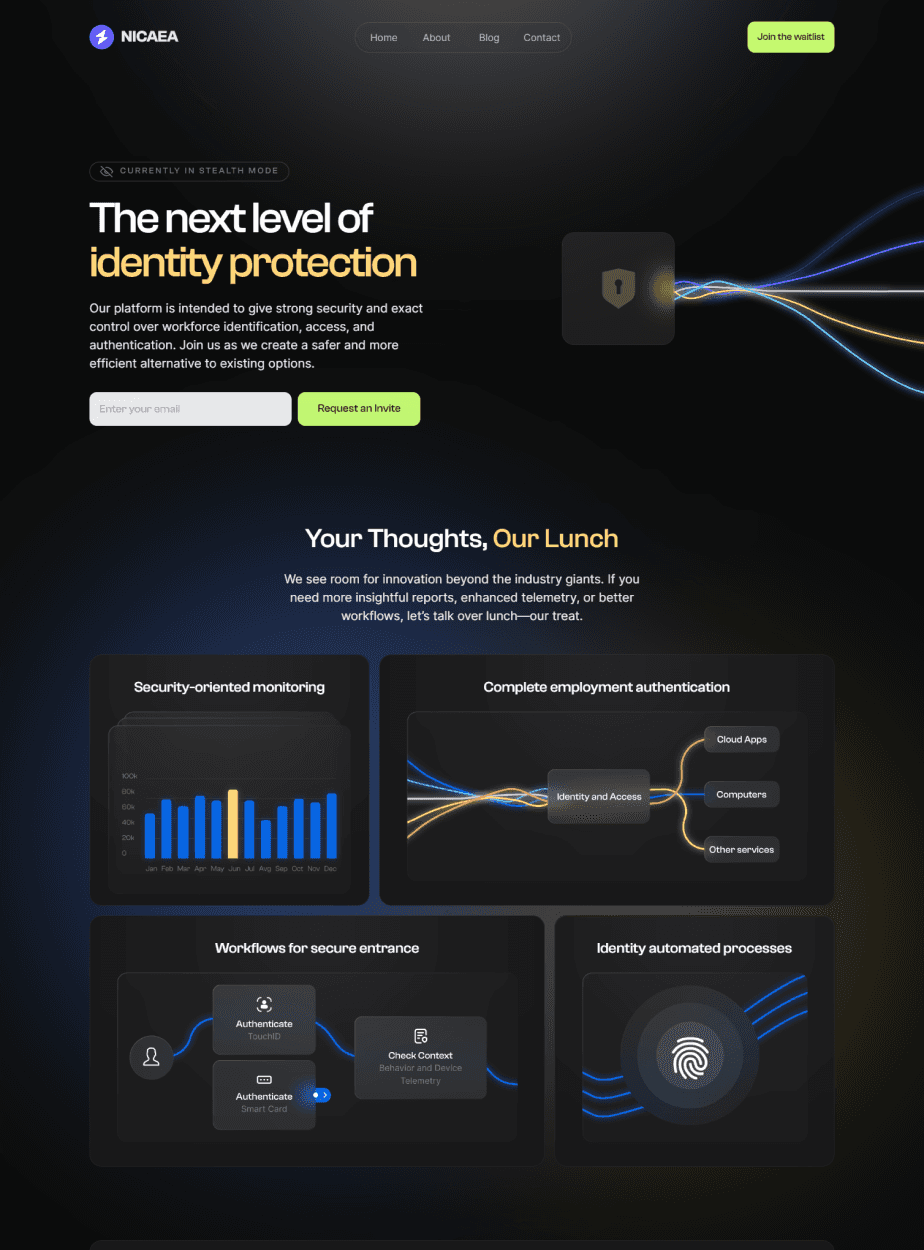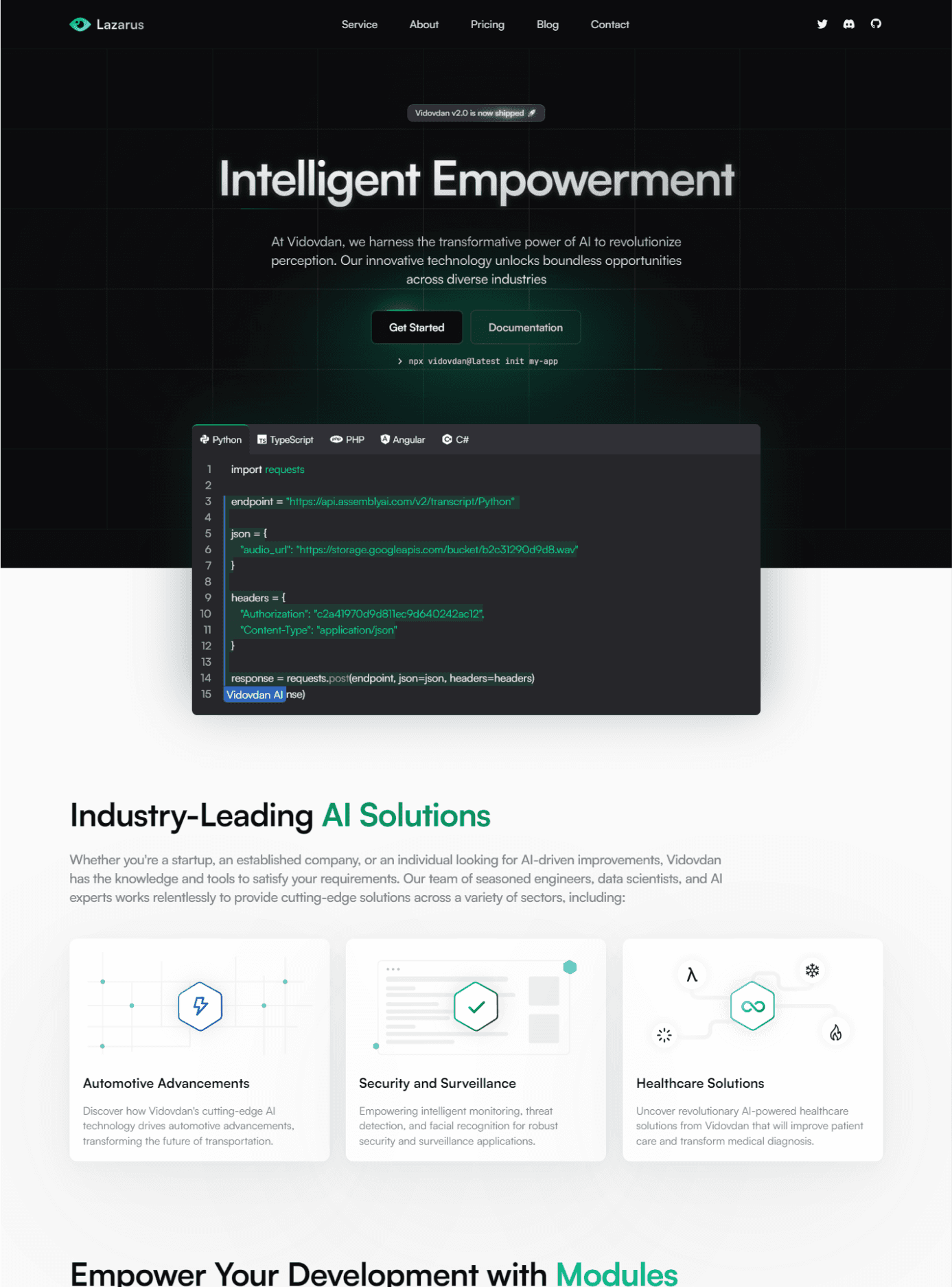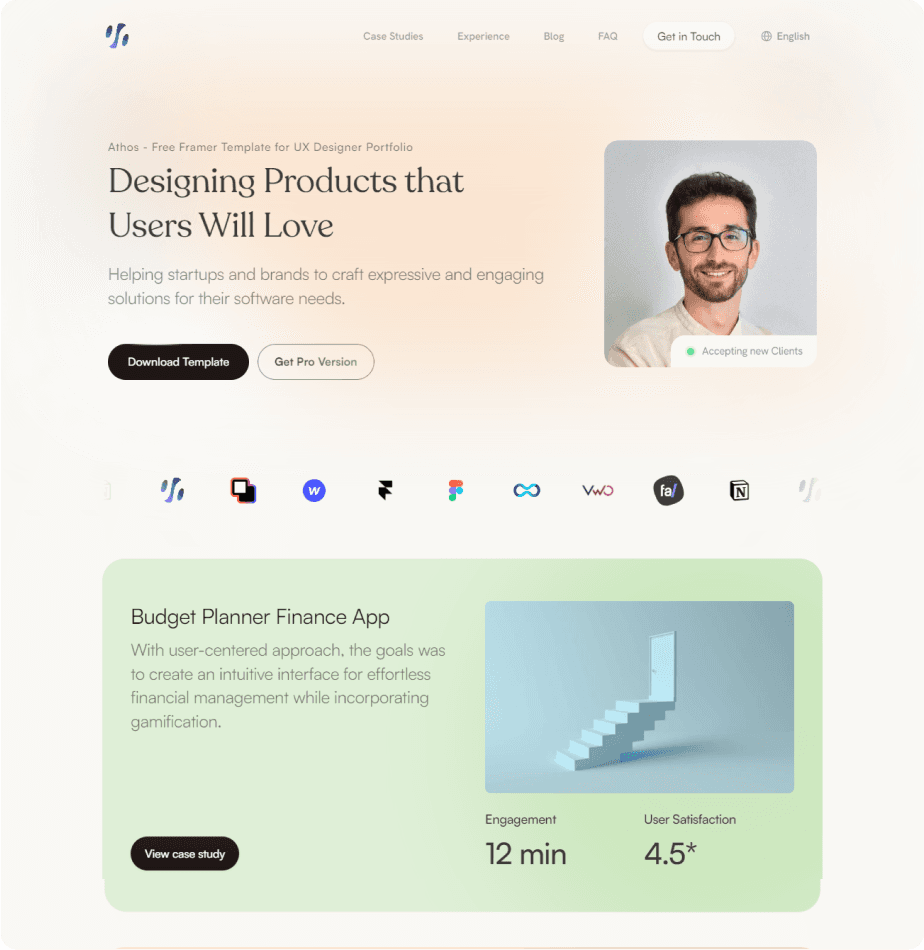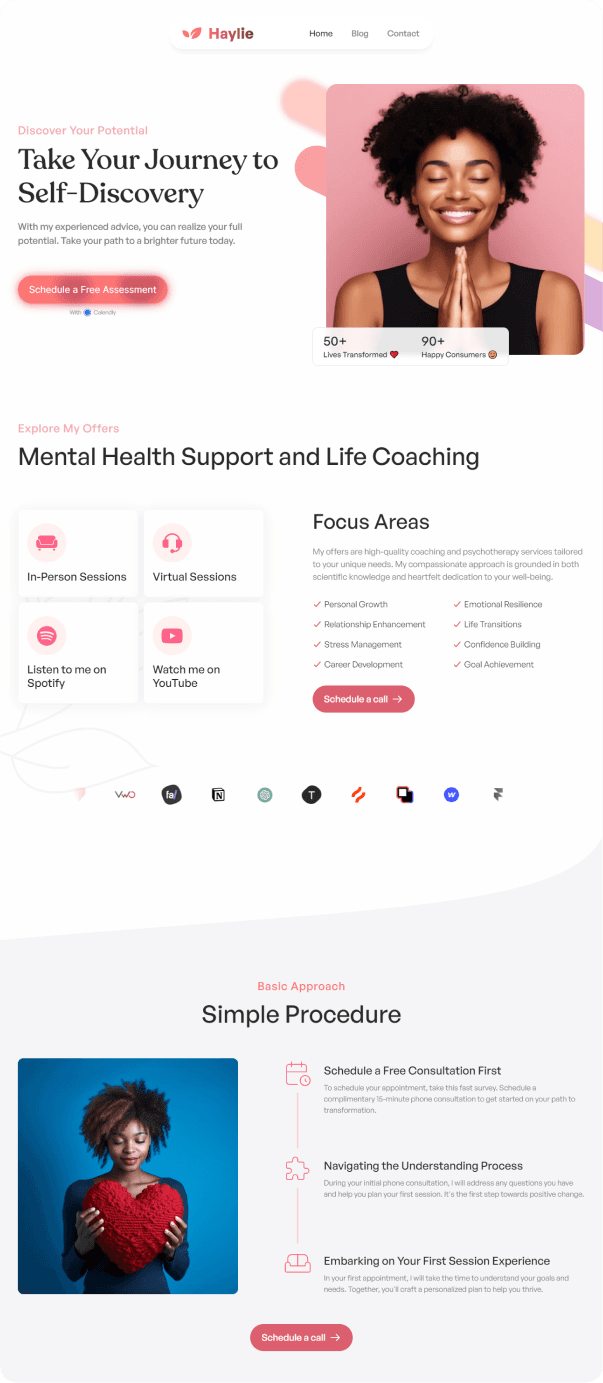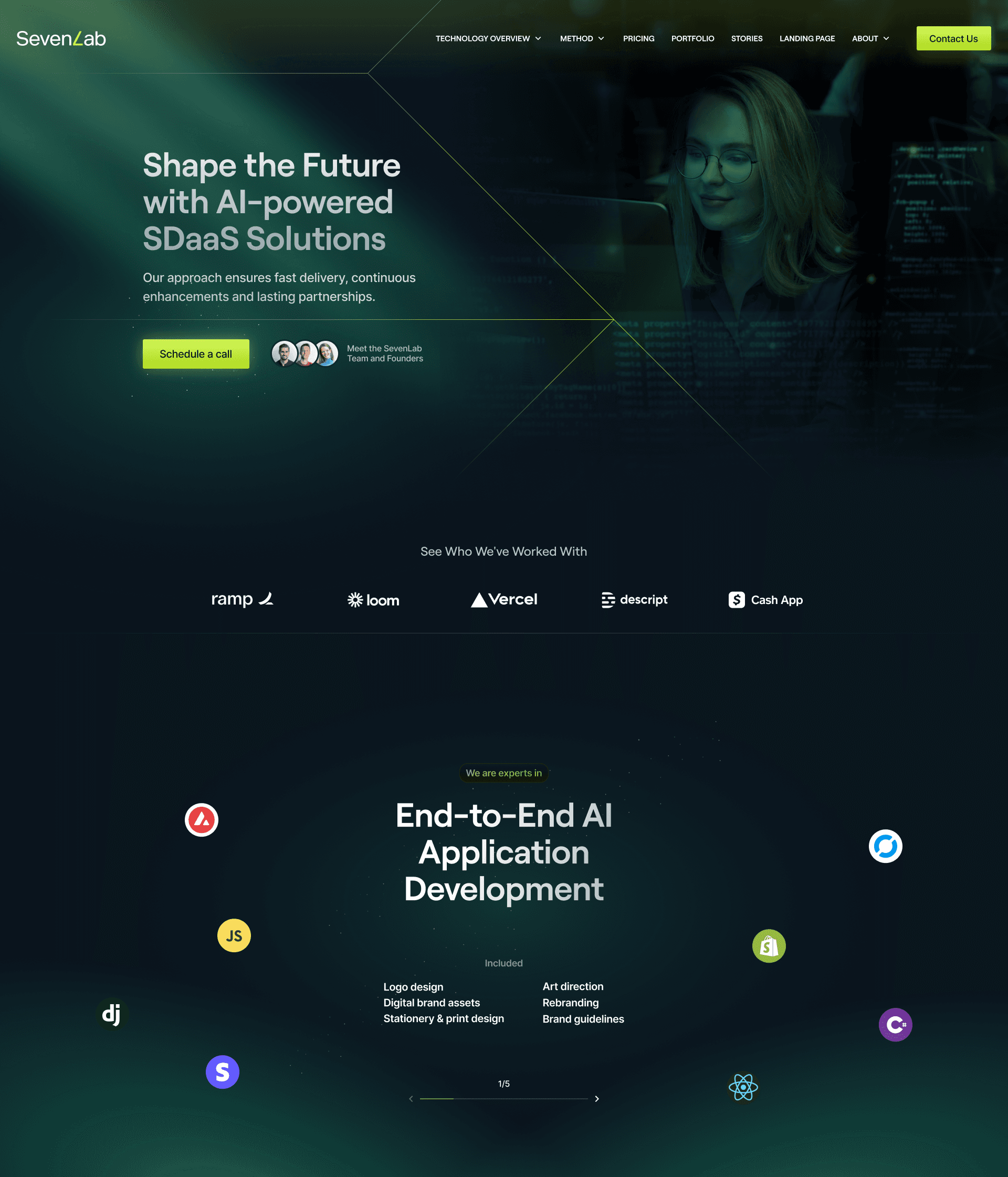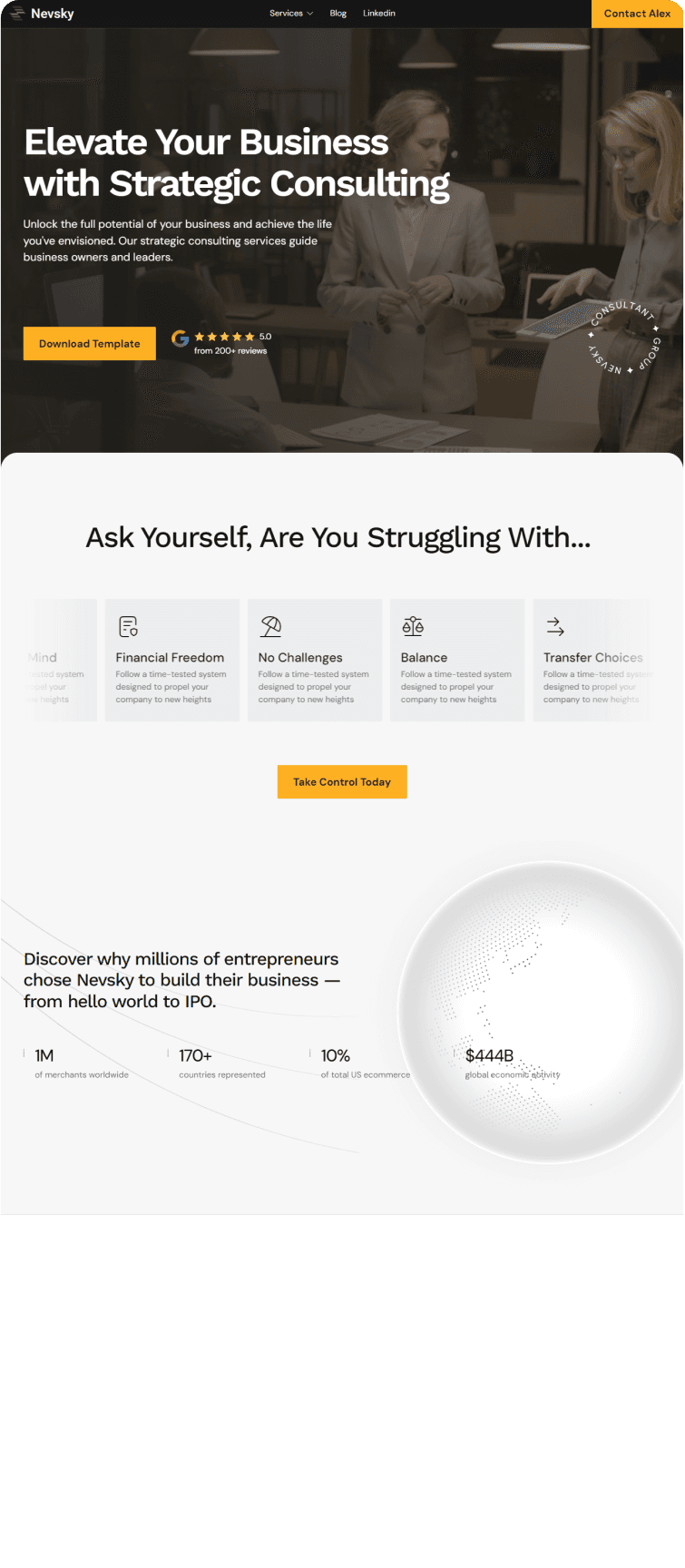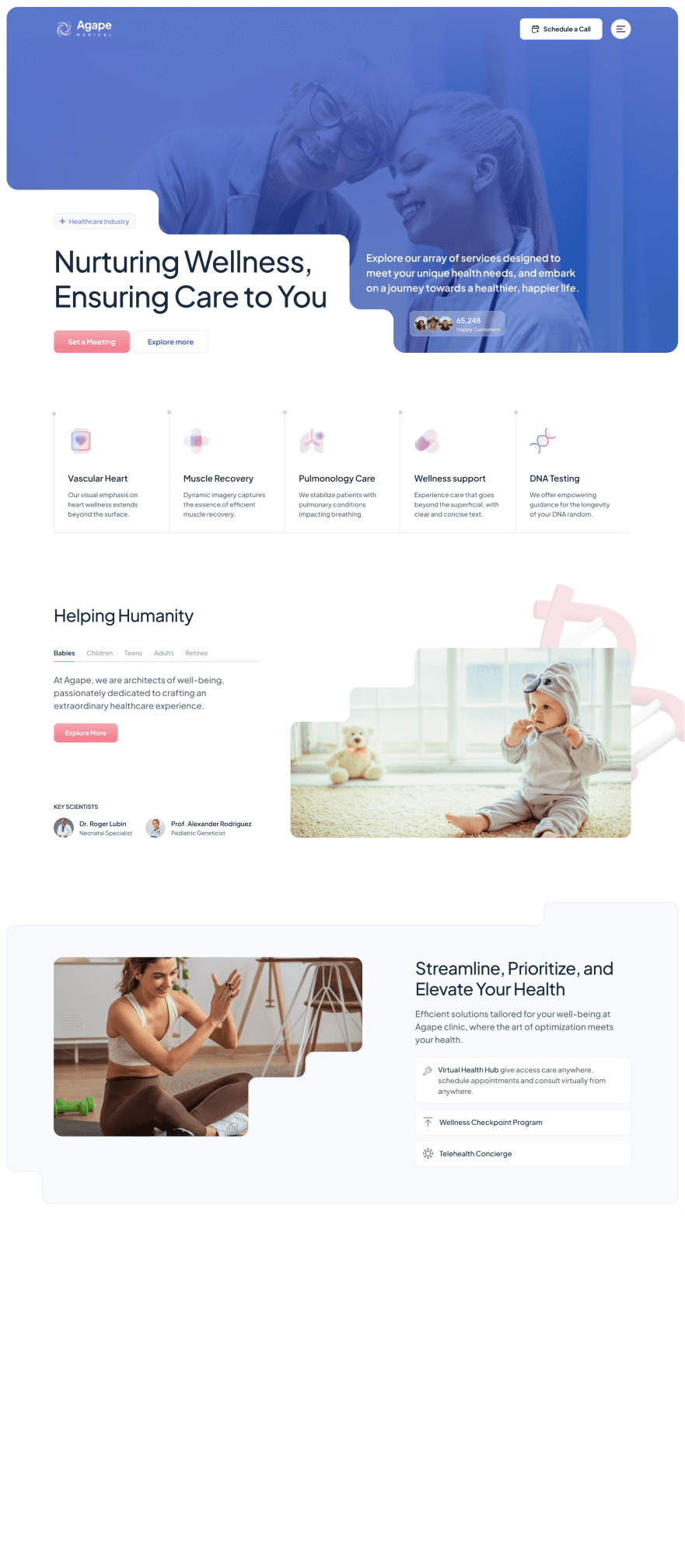Buzz
Designing with Heart: The Power of Emotional Intelligence in UX Design
Emotional Intelligence is the ability to recognize, understand, and manage your own emotions, and to recognize, understand, and influence the emotions of others
Designing with Heart: The Power of Emotional Intelligence in UX Design
In the world of product design and UX, we're often taught to obsess over usability, functionality, and efficiency.
But the greatest designs — the ones that people remember, recommend, and fall in love with — do something more:
They connect emotionally.
And to achieve that, designers need more than technical skills.
They need emotional intelligence (EI).
What is Emotional Intelligence in UX Design?
Emotional Intelligence is the ability to recognize, understand, and manage your own emotions, and to recognize, understand, and influence the emotions of others.
In UX design, it means:
Sensing what users might feel at different stages of their journey
Designing interactions that acknowledge those emotions
Creating experiences that spark trust, joy, pride, and belonging
Good design solves problems.
Great design also solves emotions.
Real-World Examples of Emotional Intelligence in UX
1. PhonePe – Trust in Every Transaction
Problem: Indians were initially skeptical of digital payments.
UX Move: Every time a transaction is completed, PhonePe shows a large ✅ symbol with a "Success!" message, soothing anxiety.
Emotional Impact: Builds trust. Reduces post-transaction worry.
2. Swiggy – Fighting Hunger with Humor
Problem: Waiting for food delivery can feel frustrating.
UX Move: Swiggy sends playful push notifications ("Your biryani is on a joyride but almost there!") during wait times.
Emotional Impact: Turns irritation into amusement. Makes users wait more patiently.
3. Instagram – Celebrating Tiny Wins
Problem: New users or small creators often feel invisible.
UX Move: Instagram sends celebratory messages like "100 people viewed your story!"
Emotional Impact: Sparks a feeling of achievement. Encourages continued engagement.
How Designers Can Apply Emotional Intelligence
Empathize Deeply: Go beyond "what users do" to "how users feel."
Anticipate Emotional Highs and Lows: Where will users feel nervous, bored, excited?
Design Emotional Moments: Celebrations, encouragements, reassurances at key points.
Write with Empathy: Use microcopy and messaging that feels human and supportive.
Test for Feelings, Not Just Flows: Ask users how they felt after using the design.
Designing with emotional intelligence isn’t a lucky accident — it’s the result of a structured, thoughtful approach to understanding users at every level. Frameworks like the 7S Design Framework help designers move systematically from research to strategy to crafting emotionally resonant experiences. By combining human-centered insights with a clear process, designers can ensure that every stage of a product — from first touch to final interaction — is deeply aligned with user feelings and needs. For more real-world examples of how structured creativity can amplify emotional design, explore the principles of the 7S Design Framework.






